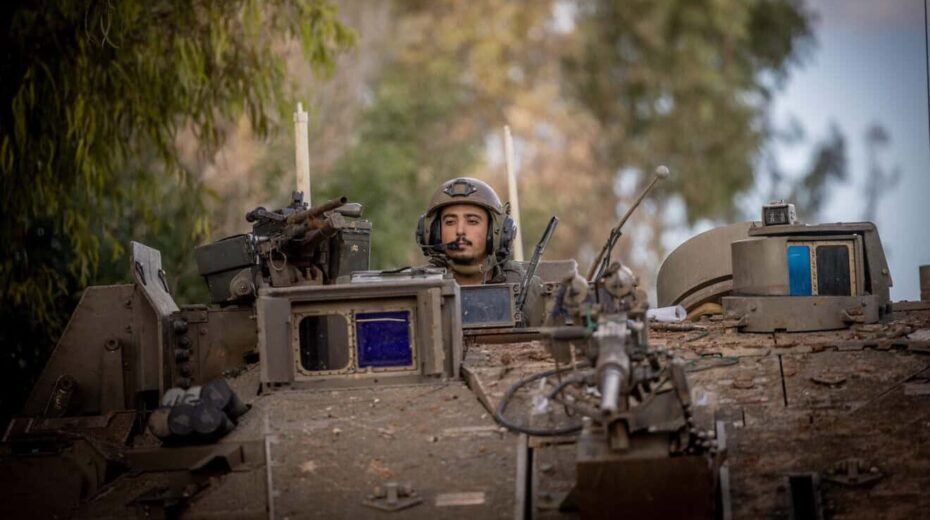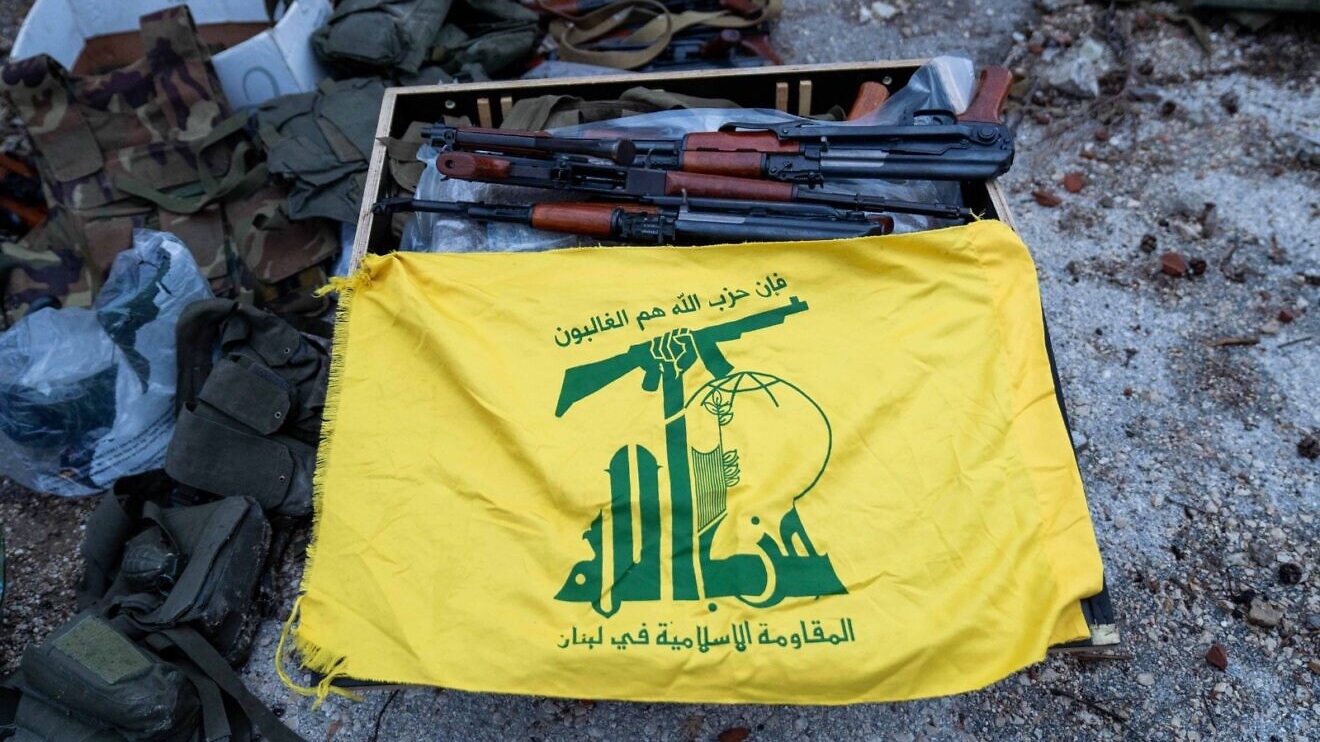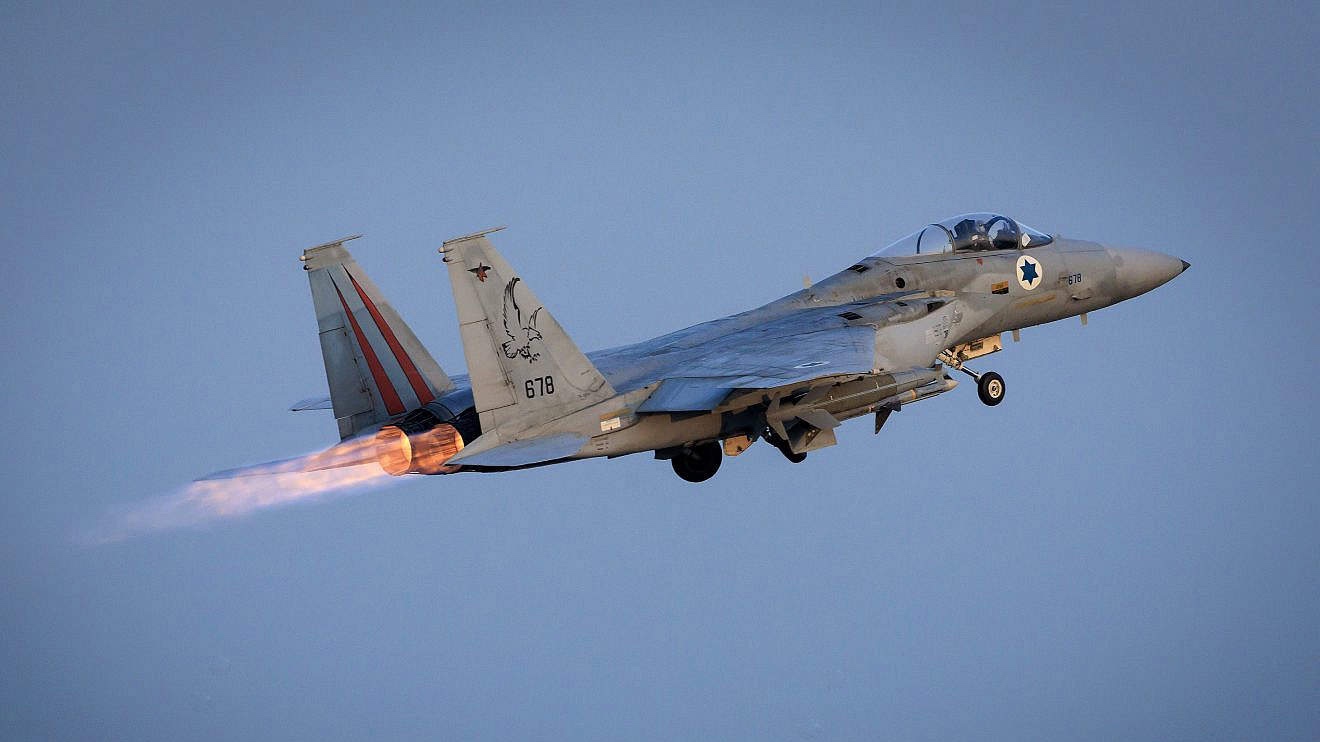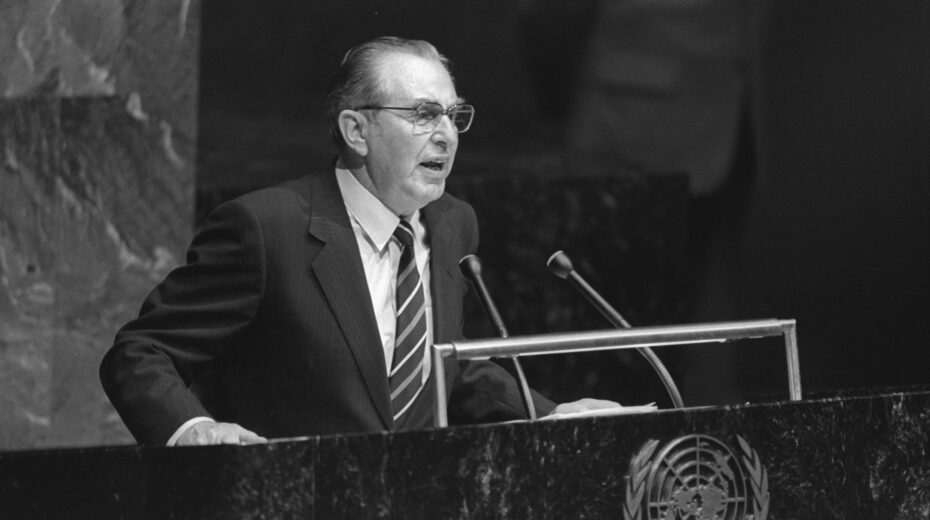Israel will likely soon notify the United States that it does not intend to withdraw its forces from Lebanon when the 60-day ceasefire agreement with Hezbollah expires, Hebrew media reported on Friday.
According to the terms of the truce, which went into effect on Nov. 27, the Lebanese Armed Forces was to have deployed south of the Litani River. The ceasefire also bars Hezbollah from reorganizing in Southern Lebanon.
However, the Lebanese military has been slow to mobilize its troops and Hezbollah is attempting to rebuild its capabilities, according to Israel’s Kan public broadcaster.
The LAF has also refrained from attacking Hezbollah targets provided by Israel via a mechanism developed especially for this purpose, according to Kan.
In light of these circumstances, as an extra measure to protect the communities of the Galilee and Golan Heights, Israel is expected to inform Washington that it will disallow the return of Lebanese civilians to their villages alongside the Israeli border.
According to Lebanese newspaper Al-Akhbar, LAF sources have received “serious signals” from chairman of the Ceasefire Implementation Mechanism US Maj. Gen. Jasper Jeffers that Israel is planning to extend its 60-day deployment period in Southern Lebanon to 90 days.
The report added that Israel could potentially extend its stay until April, wanting to ensure that Hezbollah cannot initiate a ground attack into the Jewish state’s north.
The report cited the inability of the LAF to clear the region of Hezbollah terrorist sites and warehouses as a reason for Israel to prolong its stay in the region.
It was recently reported that Israel is struggling to understand the delays in the Lebanese Army’s deployment. One possibility is operational difficulties related to dispatching large, capable forces to the south. Another factor could be Hezbollah pressuring the Lebanese Army to avoid taking positions in Southern Lebanon, leaving a vacuum for Hezbollah to exploit later.
In recent weeks, Israel has repeatedly complained to international bodies about the slow pace of the Lebanese Army, as well as about Hezbollah’s violations of the ceasefire agreement.
Last week, the IDF identified and destroyed additional Hezbollah infrastructure in Southern Lebanon, including a tunnel and various weapons. It is believed that more armaments and facilities remain, and significant efforts are being made to locate and neutralize them in the coming weeks. Simultaneously, Israel continues operations along the Lebanon-Syria border to prevent Hezbollah and its Iranian patrons from smuggling weapons into Lebanon from Syria.
On Thursday, Israeli Air Force fighter jets struck rocket launchers in Southern Lebanon belonging to the Iranian-backed terrorist organization, according to the IDF.
The strikes were launched after the LAF failed to process a request from Jerusalem to confiscate the launchers, which “posed a threat to the Israeli home front and our forces,” the IDF said.
IAF jets were said to have targeted at least two Hezbollah sites housing medium-range projectiles, including in the Nabatieh area.
“The IDF will continue to act to remove any threat to the State of Israel, in accordance with the understandings of the ceasefire agreement,” the statement concluded.
With reporting by JNS.














Hopefully Hezbollah isn’t putting on LAF uniforms to deploy to the border. How would the IDF be able to distinguish who is who?